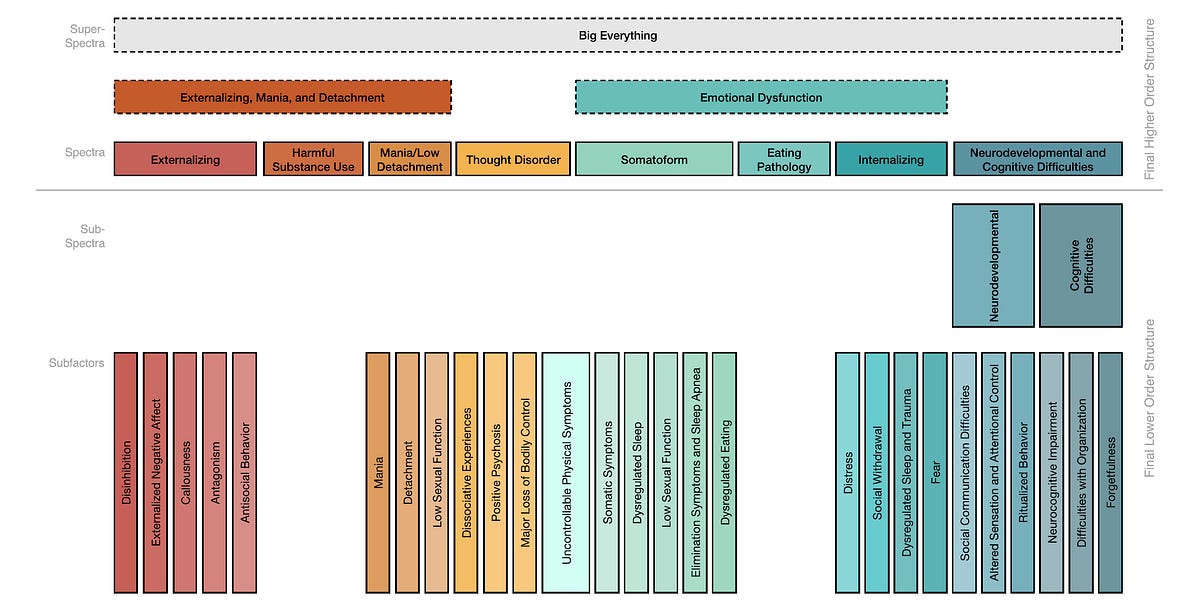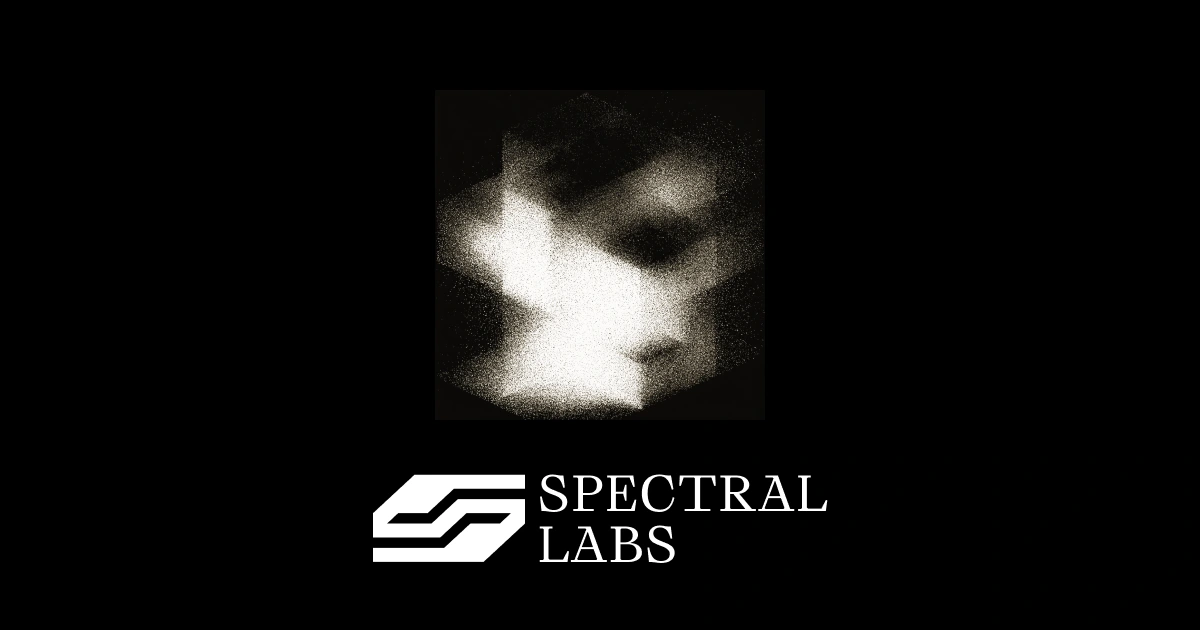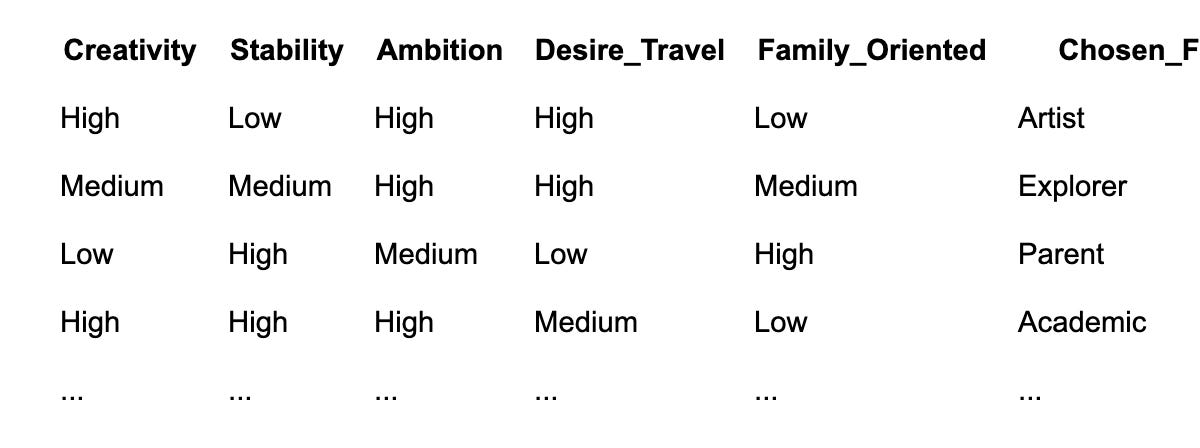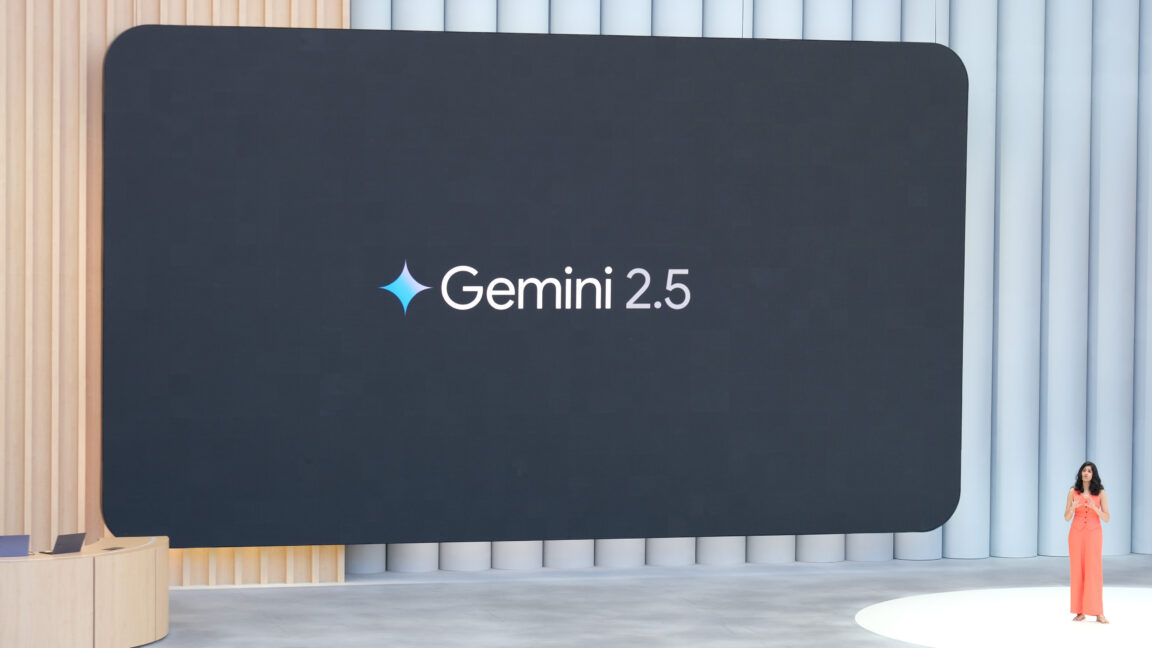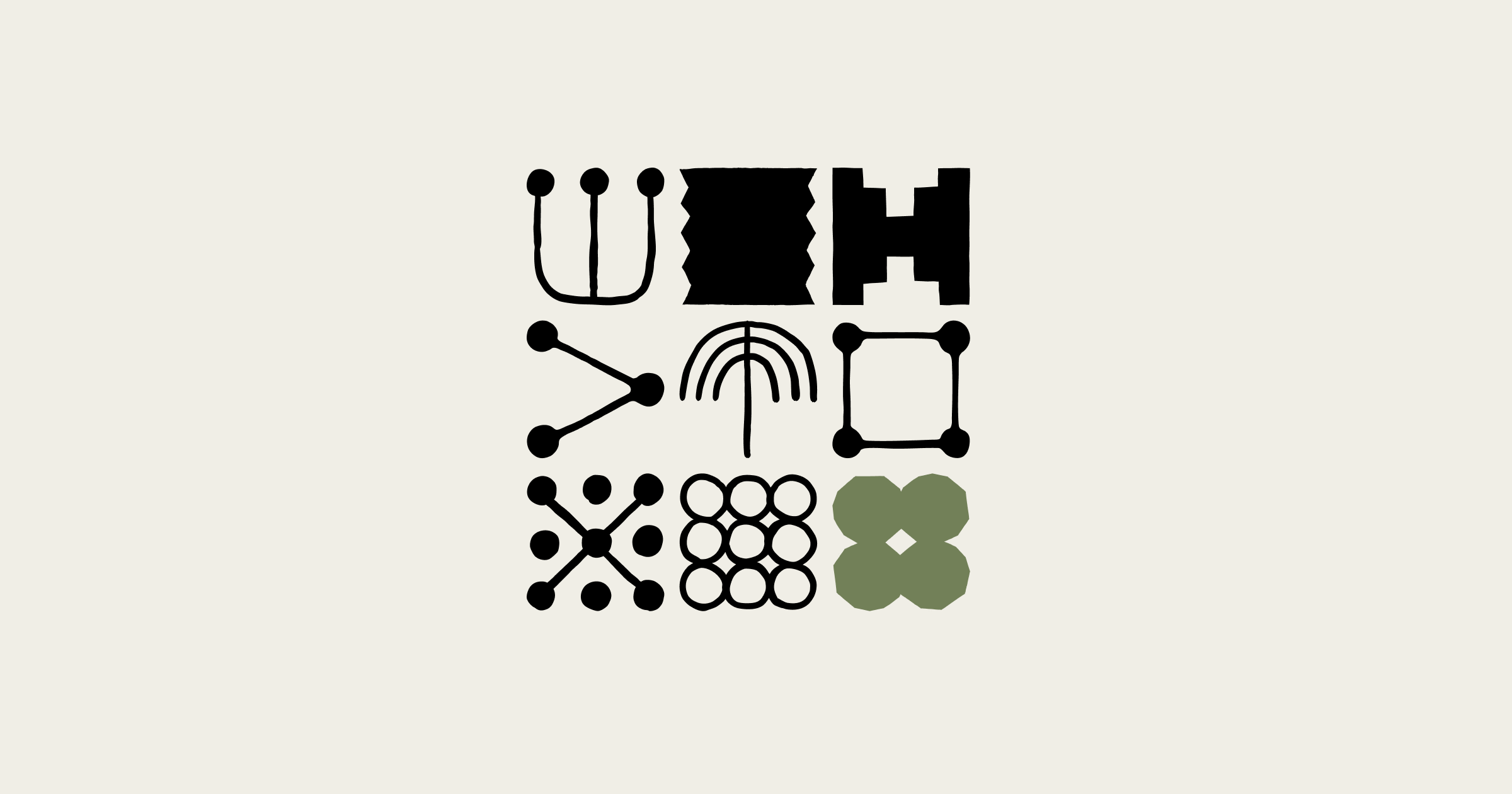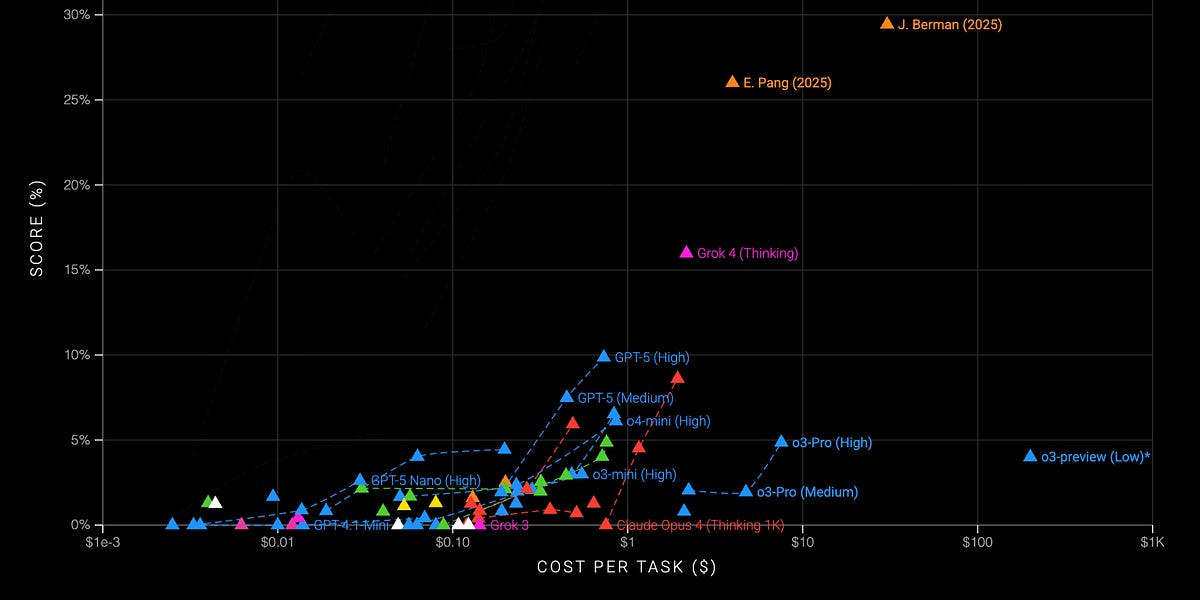DeepSeek-V3.1-Terminus: Major Upgrade to AI Search Engine

DeepSeek-V3.1-Terminus, the latest iteration of DeepSeek-V3.1, boasts significant improvements in stability and reliability. This update addresses key user feedback, including reducing mixed Chinese/English text and eliminating random characters, while boosting the performance of both the Code Agent and Search Agent. The upgraded version is now available on App, Web, and API, with open-source weights released on Hugging Face.
